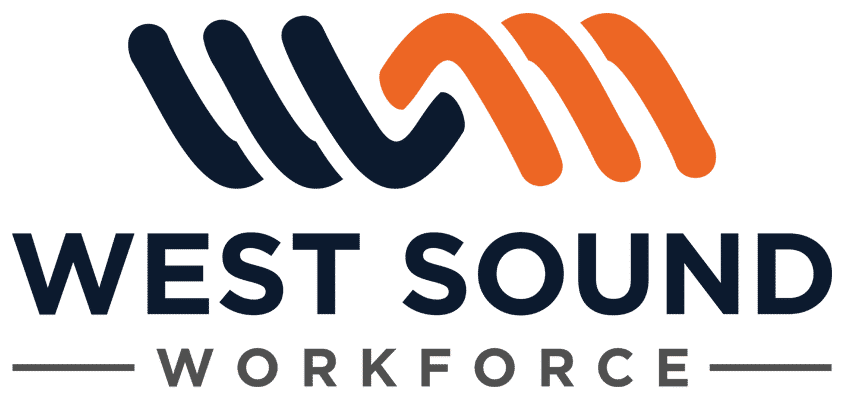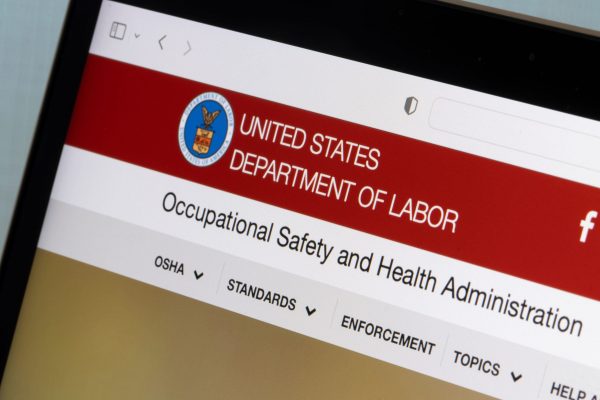Employers and company leadership groups across the United States have spent the last two months waiting for this. Speculating on what would be included. Listing out question after question. Implementing their own company policies based on the announcement from President Biden on September 9, 2021 when he issued a vaccine mandate on all companies with 100 or more employees.
Yesterday was the day the OSHA Emergency Temporary Standard (ETS) dropped, providing more insight into what employers need to do to help make sure they provide a safe workplace with respect to the COVID pandemic. Today (Friday, November 5th), that ETS becomes law for the next six (6) months.
Although we’re not lawyers, we’ve scoured the legal write ups and participated in a variety of webinars with SHRM and the ASA, and we’re able to summarize what’s included. Just remember, as with everything we’ve learned during the pandemic, information changes quickly. Please make sure to seek legal advice on any questions you might have.
Here’s what we’ve been able to learn:
- Companies of 100+ employees need to have their new vaccination program implemented by December 5, 2021. As a default, the policy is that an organization must be 100% vaccinated. Should the leadership want to provide the choice to allow employees to test weekly instead of getting vaccinated, they can do so, but the policy must state that to be in compliance with the ETS. Organizations covered under the Safer Federal Workforce Task Force COVID-19 Workplace Safety: Guidance for Federal Contractors and Subcontractors or under the Healthcare ETS 1910.502 are not subject to this OSHA ETS.
- Part-time employees count towards the 100 employee target, as well as remote workers. For remote workers, the vaccine mandate would not apply unless they are coming into the office. Contractors do not count.
- All individuals in covered companies must be vaccinated by Jan 4th, 2022 (with a few exceptions because of medical or religious beliefs). President Biden extended the federal contractor deadline to that date as well, so there’s some simplicity there.
- The ETS establishes the minimum standards to be met – companies can be more stringent.
- If a company implements the testing option, testing must be done every seven (7) days (or within 7 days of reporting to work if their schedule is less than weekly) plus face coverings (over nose and mouth) to be worn.
- Employers are not responsible for the cost of the weekly testing under this ETS nor the time to get tested, but might be under other laws or collective bargaining agreements.
- Employees can use an off-the-shelf test, however it is not counted unless the administration and result of the test is observed by an employer representative or a telehealth provider. Employees are also able to access a test from a medical provider/pharmacy.
- Employees must be allowed 4 hours of time off to get their vaccination (including travel time), and not required to use any accrued leave.
- Employees who experience side effects can be required to use their accrued leave for recovery.
- Employees who test positive need to follow the established OSHA guidelines for returning to work. Just as with vaccine side effects, they can be required to use sick leave/accrued leave for recovery.
- If an employee is returning to work after a COVID diagnosis, they are not required to test for 90 days (to avoid extended positive results).
- The ETS requires employers to determine vaccine status of each employee and whether they are fully vaccinated and have acceptable proof of vaccination status on file. This is treated as a medical record, however not subject to OSHA’s extensive record-keeping practices.
- If a company already has information on file (vaccine proof, attestation, etc.), there is no need to go back and request it again.
- Companies have to maintain a roster of employee vaccination status while the ETS remains in effect.
- Notice requirements about the organization’s policy which meets this ETS must be sent out, and include:
- The requirements of the ETS (vaccine policy);
- “Key Things to Know about COVID-19 Vaccines” from the CDC;
- OSHA non-discrimination and non-retaliation statement;
- Prohibitions of 18 USC 1001 and the OSHA act about criminal penalties.
- Employers must report COVID-19 fatalities within 8 hours to OSHA; in-patient hospitalizations within 24 hours of knowledge.
OSHA representatives have the authority to come to a workplace and inspect it for compliance. From that time, results of the inspection are required within six (6) months. Fines and citations could be close to $14,000 per occurrence, with a cap of just over $136,500. Those amounts do have a chance to increase under the possible Build Back Better legislation.
Another very important aspect to remember: these are the Federal guidelines. States, via their governors, have 15 days (until November 20th) to determine whether they will implement the Federal mandate, or include more stringent procedures. We’ll have to see what Governor Inslee decides, and have company plans comply with that as well.
For a deeper dive, check out COVID-19 Vaccination and Testing ETS | Occupational Safety and Health Administration (osha.gov) where sample policies can be found; and COVID-19 Vaccination and Testing ETS (osha.gov) for the official summary of the ETS.

